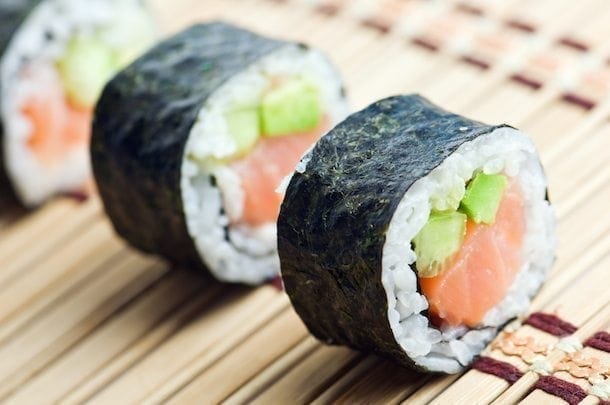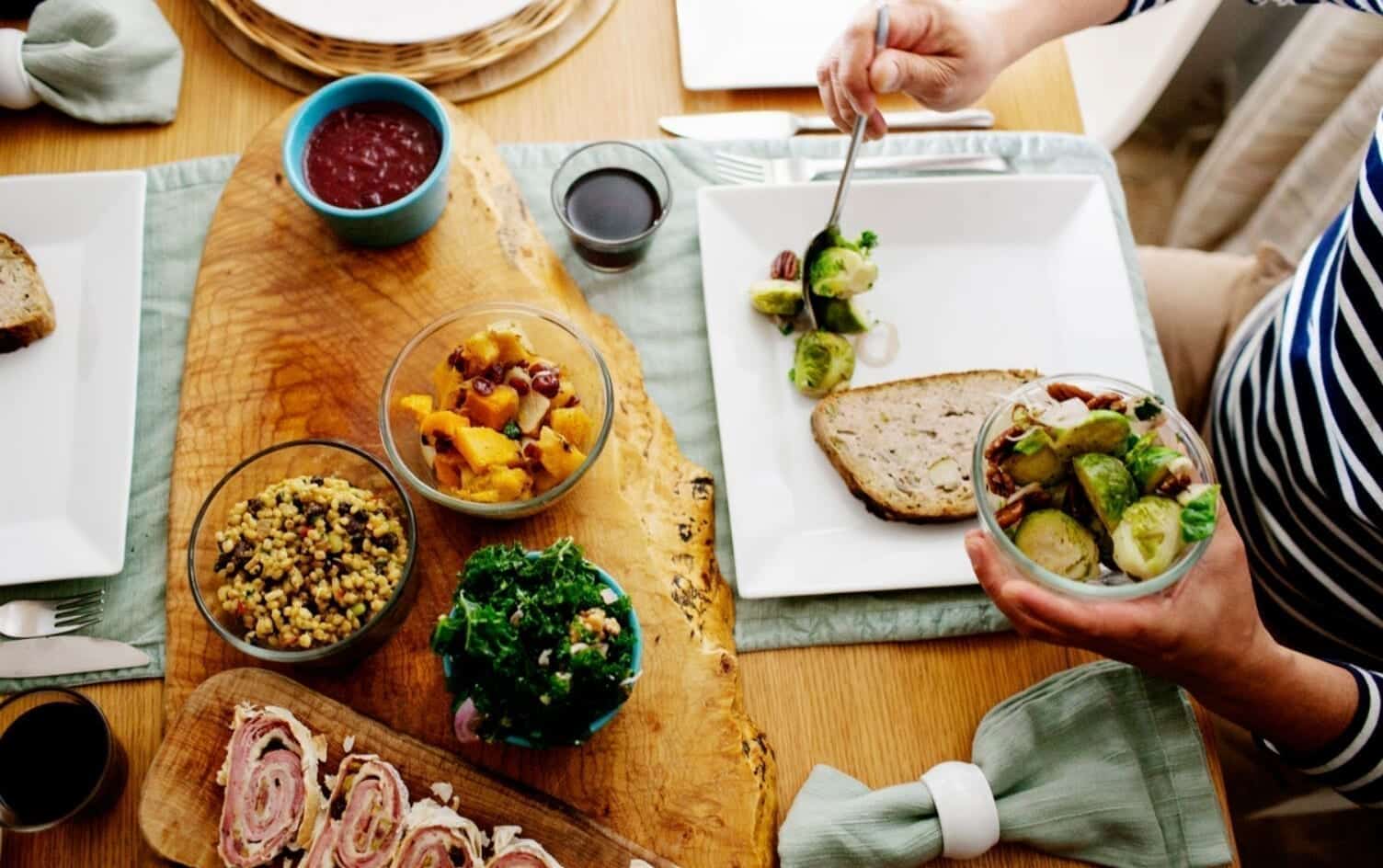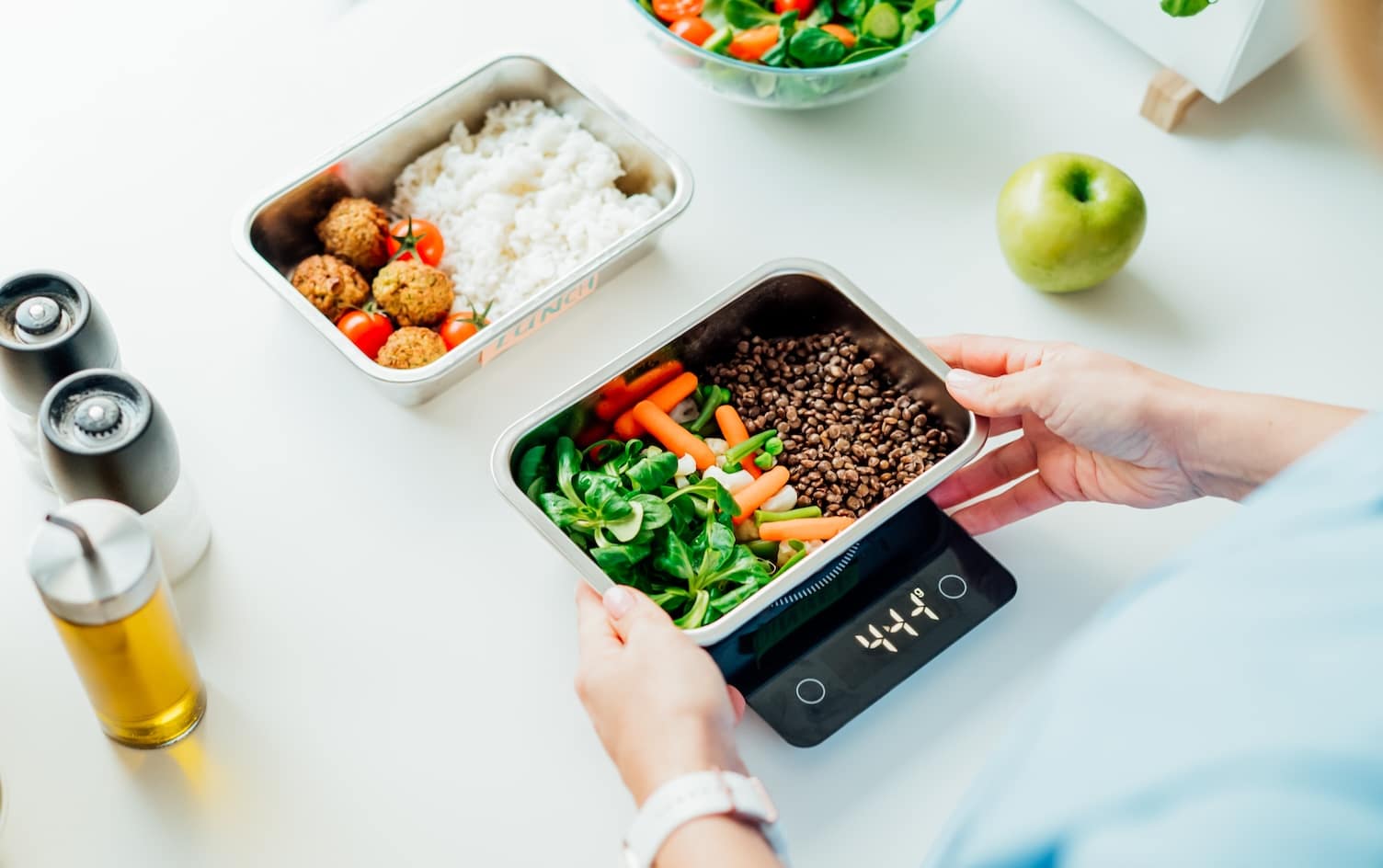The widespread emergence of sushi has been a mini miracle for foodies. Delicious foreign cuisine that’s easy to find and healthy, too? Yes, please.
…But not so fast. “I counsel a lot on sushi,” says Jackie London, M.S., R.D.N., a registered dietician in New York City. “It’s so popular, and people think it’s so healthy!” While sushi restaurants do offer plenty of healthful options, not everything on the menu is waistline-friendly. If you’re not careful, a would-be calorie-conscious meal could easily top 1,000 calories. With that warning in mind, the next time you order this Japanese delicacy, here’s what to do and not do.
DO Choose salmon and tuna These sushi staples give you the best possible boost of vitamin D and omega-3s. While other foods like flax, chia or walnuts can provide some omega-3 support, fatty fish like these two have the highest amounts biologically available for consumption. “The benefits of omega-3s are boundless,” says London. “Cardiovascular function, stabilizing cholesterol levels, and decreasing inflammation, which also decreases your risk for a host of heart diseases as well as metabolic syndrome, diabetes, cancer, and autoimmune disorders such as arthritis.”
DON’T Go for spicy or tempura “Crispy” and “spicy” are generally sushi code words for unhealthy. “Rolls labeled as ‘spicy’ usually mean spicy mayo, which is a high-fat, high-calorie condiment,” says London. “’Crispy’ or ‘crunchy’ rolls have a deep-fried coating—and yes, this unfortunately includes tempura.” Believe it or not, that crunch will cost you 300 to 400 calories per six-piece serving—so steer clear. If you must have a spicy kick, London suggests to adding wasabi or chili flakes instead of the mayo.
DO Opt for brown rice. Whether on the side or in your roll, brown rice is the way to go. “It’s higher in soluble fiber than white rice, which is particularly heart-healthy due to its cholesterol-lowering properties,” says London. Bonus: brown rice also high in vitamins and minerals, like vitamin B, manganese, copper, selenium and iron.
DO Avocado! “Avocado is a top heart-health choice,” says London. “It’s rich in monounsaturated fatty acids and their benefit on lipid profile is huge, decreasing cardiovascular disease risk. Avocados are also potassium-rich, and a good source of the important antioxidant vitamin E.” But remember, while avocado is a fruit and it is green, it’s also a fat (read: not low-cal). Be smart and stick to one serving, which is about a quarter of an avocado and around 80 calories.
DON’T Get more than one roll It’s tempting to pick a few of the fun rolls on the menu, but keep your order in check. “One roll is six pieces of sushi and can be made with nearly one cup of rice,” says London. “That’s about 200 calories from the rice alone.” One roll that includes options like avocado, brown rice, and salmon or tuna should be the main event. You can round out the meal with other healthy items.
DON’T Go crazy with the sake In the calorie department, this Japanese beverage is more in line with a cocktail than a glass of wine. “Six ounces of sake is about 234 calories—which is quite a bit considering how small that seems when poured in front of you,” says London. If you’re a fan, stick to one glass and make that your indulgence for the night. Otherwise, opt for a glass of traditional wine, which will run you around 100 calories for five ounces.
DO Order soup and salad. These pre-sushi snacks are both healthful and practical. “Filling up on high-water-content foods like miso soup, and mixed greens, seaweed salad, or oshitashi [boiled spinach], is an excellent way to add fiber, calcium, potassium, vitamins A and C, iron and vitamin K to your meal,” says London. Eat these first, and you’ll also be less tempted to chow down on another high-calorie roll later in the meal.
DON’T Over dress the salad. More on salads: you can have the dressing, just make sure to order it on the side. Salads tend to be small at sushi restaurants, so even a normal-sized serving of salad dressing will contain more flavor and more calories than you need. “Dressing is still dressing: a calorie-rich add-on,” London says.
OK, we’ll admit to overdoing it with the spicy tuna rolls on occasion… What’s your favorite kind of sushi?




